The Lion's Den
What Are the Three Main Goals of Influencer Marketing?
Influencer Marketing



Having the right goals in place is important to make your influencer marketing efforts a success. However, you may be wondering what the main goals of influencer marketing are or how to implement them into your strategy successfully.
This article will cover what you need to know about how influencer marketing works, the types of influencers, and the main goals of influencer campaigns.
What Is Influencer Marketing?
Influencer marketing involves brands partnering with content creators to promote their products or services. Promoting through influencers allows brands to target audiences in their niche and advertise in a more natural way, since influencers can implement creativity and authenticity into promotional posts.
Does Influencer Marketing Work?
Social media influencer marketing does work, and the statistics back it up. Some influencer marketing statistics that show its effectiveness are:
- Influencer marketing has an average return on investment (ROI) of $5.78 for every $1 spent. This is a good return, and it can be even higher (up to $18 for every $1 spent) when brands implement the right influencer marketing strategy for their needs.
- Influencer marketing’s ROI is much higher than other digital marketing strategies like pay-per-click marketing or banner ads, which tend to have a lower ROI of around $2 for every $1 spent.
- 61% of consumers say they trust influencer recommendations, while only 38% trust branded social media content. This shows that having influencers represent your brand can be more authentic and effective than doing it yourself.
- Research has also shown that 49% of consumers say they depend on influencer recommendations. That number will likely continue increasing, since younger generations like Millennials and Gen Z tend to be influenced more by influencer ads.
As you can see, influencer marketing works and will likely continue to be an increasingly effective marketing strategy.
Why Influencer Marketing Works
Unlike traditional advertisements, influencers can act as a third party to promote brands. Since influencers aren’t part of the brand themselves, it gives promotions more of a natural and authentic feel that consumers can trust.
Consumers who use social media also feel a deeper connection with influencers than they typically do with brands. Influencers are closer to normal everyday people who have similar goals, interests, and values as those who follow them.
When an influencer makes a recommendation, consumers are more likely to take action, since they feel a connection with their content and trust their opinion.
What Are the Different Types of Influencers?
Influencers can be broken down into four different categories based on follower count. The four types of influencers are:
- Nano influencers (1,000-10,000 followers)
- Micro influencers (10,000-100,000 followers)
- Macro influencers (100,000-1,000,000 followers)
- Mega influencers (1,000,000+ followers)
Oftentimes, the cost to have an influencer promote your brand will depend largely on their follower count. This means that while macro and mega influencers can get more reach per post, they tend to charge more for promotional content. On the other hand, nano and micro influencers are more affordable.
While each type of influencer can be effective for marketing, many brands are beginning to recognize the importance and effectiveness of promoting through micro and nano influencers.
Influencers with lower follower counts can be more cost-effective while also having highly engaged audiences, since they can interact with audience members easily through comments, messages, and answering questions.
Relationships micro and nano influencers build with audience members can make viewers more likely to take action when influencers recommend a brand.
How to Develop Influencer Marketing Goals?
The first step for setting up an effective influencer marketing strategy is defining the goals you want to achieve through influencer promotions. The right goals will help you pick the right social media platform, target advertisements effectively, and choose the best influencers for collaborations.
One of the best strategies to set influencer marketing goals is creating SMART goals. SMART is an acronym for:
- Specific
- Measurable
- Attainable
- Relevant
- Time-bound
Covering these bases will help you create appropriate goals for your influencer campaign.
Social Media SMART Goals Example
Seeing an example of using SMART goals will help you implement them correctly into your social media influencer campaign.
Let’s say a company selling vitamins and supplements for athletes wants to increase sales using influencer marketing. A SMART goal for this would be: “Partner with influencers in the fitness or athletics niche to increase sales revenue by 20% in the next month.”
This SMART goal works because it is:
- Specific in how long the promotion will last and the increase in sales revenue they would like to achieve.
- Measurable since the primary goal of sales revenue can easily be tracked, along with results from influencer posts.
- Attainable since an increase in sales revenue of 20% could be achieved within a month with the right marketing efforts.
- Relevant because each detail of the goal benefits the company and brings them closer to the desired results.
- Time-bound by defining the exact time the promotion will last to achieve this result.
As you can see, setting a SMART goal will lead your entire influencer marketing strategy in the right direction.
What Are the Three Main Goals of Influencer Marketing?
Now that you understand how to create effective goals, you may be wondering what the main goals of influencer marketing are. There are typically three main goals that companies may want to achieve through influencer marketing, which are:
- Increased sales or conversions: Many companies will use influencer strategies to increase sales or other conversions like app installs, free trial sign-ups, or signing up for a consultation. As long as promoted posts are targeted toward increasing conversions, this can be highly successful.
- Build brand awareness or image: Promoting through influencers allows companies to increase brand awareness to targeted audiences who will be interested in their products or services. Choosing the right influencers for promotions can help strengthen a brand’s image and get your message to the right people.
- Increase brand or social media engagement: Influencer promotions can also increase consumer engagement with brands through follows, likes, comments, and shares on social media and other types of engagement like website visits or email list sign-ups.
Any of these three goals can be achieved through influencer marketing with the right strategy in place.
How Lionize Can Help with Your Influencer Marketing Needs
If you would like help getting started with influencer marketing, Lionize can help you create a winning influencer marketing strategy. Lionize is an influencer marketing platform that helps you:
- Find the right influencers.
- Create an influencer marketing strategy that is best for your needs.
- Automate parts of the influencer management process.
- Track data from promoted posts.
All of this is done on a streamlined platform that makes the entire process easy, even if you don’t know much about influencer marketing.
Book a Discovery Call to learn more about how Lionize can help you.
Related Articles
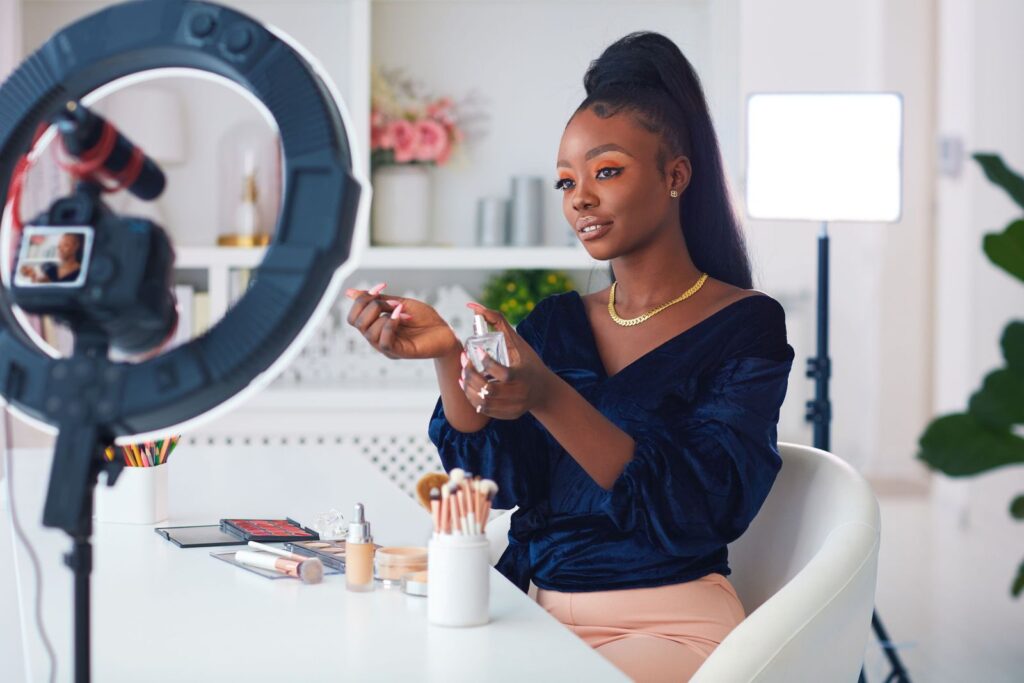


How Do I Get Influencers To Promote My Brand?
Influencer marketing is a powerful method that more and more brands are using as a pillar of their marketing strategy. This promotional strategy involves forming a partnership



How Do You Ask Influencers To Collaborate?
In this blog, we’ll walk through the most common methods for influencer outreach as well as provide some templates for crafting great messaging that will get influencers
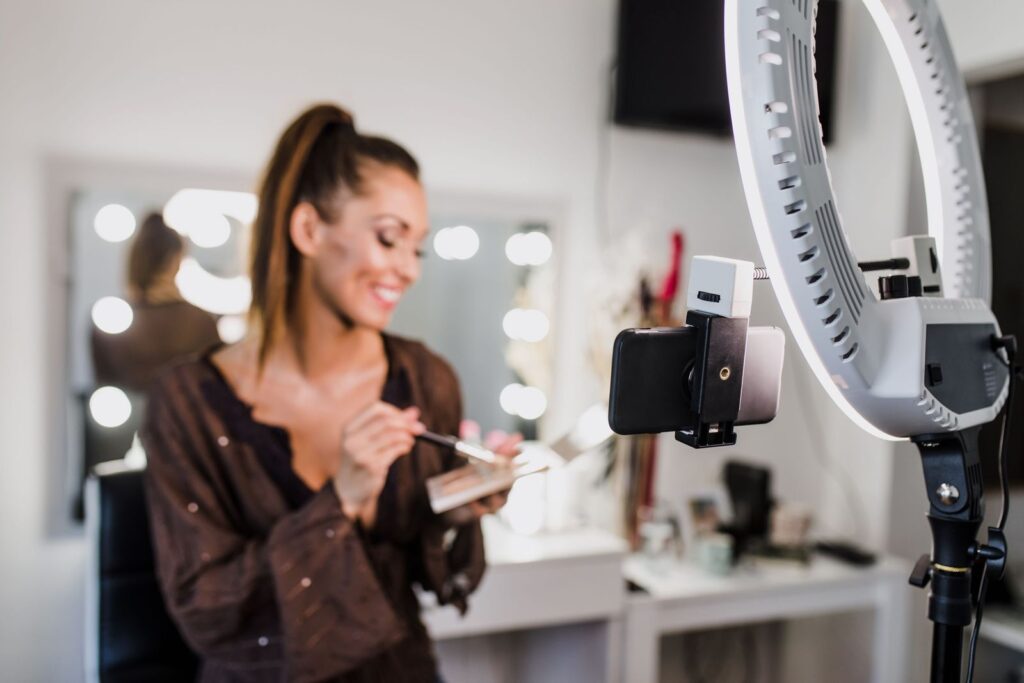


Why Are Social Media Influencers So Effective?
Influencers, or social media stars that have monetized their online presence through paid brand collaborations, have mastered the art of audience engagement. Most influencers create content around



Is Influencer Marketing the Same as Social Media Marketing?
Influencer marketing has been rising in popularity in recent years. If you’re interested in getting started with influencer marketing, you may wonder if it is the same



What Makes a Great Influencer?
Influencer marketing is an excellent way for brands to promote their products or services. However, it can get confusing when it comes to finding great influencers for
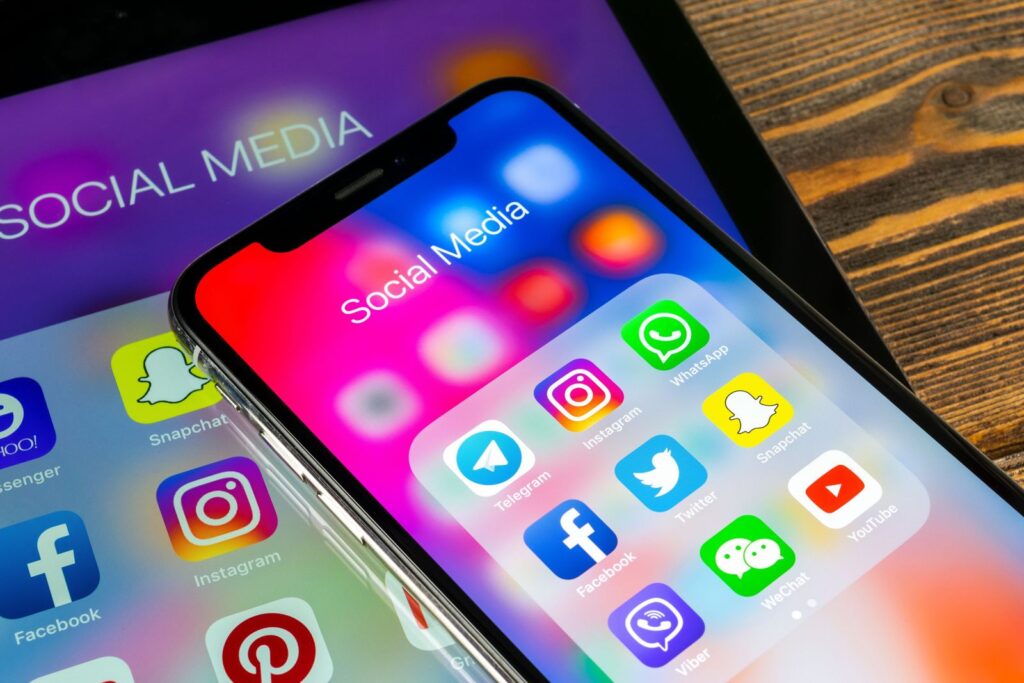


What Platform Is The Most Used For Influencer Marketing?
Social media has forever changed how we use the internet, consume media, and think about buying products. Content creators, also known as “influencers,” have emerged on all
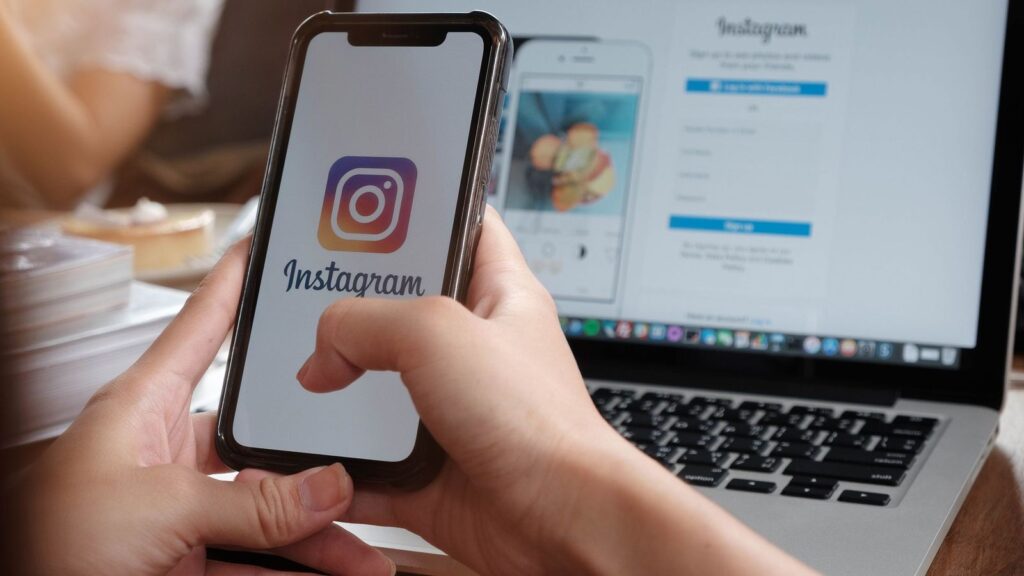


Why Is Instagram The Best Platform For Influencer Marketing?
What makes Instagram different from other social media and why is it the most effective for influencer marketing? Read on to learn about the app’s journey to



How Do You Drive Sales Through Influencer Marketing?
In this blog, we’ll discuss how to drive sales through influencer marketing, how usage rates affect the way you work with creators, and, ultimately, how influencer marketing



How Do Influencers Attract Customers?
Influencer marketing is one of the newer forms of marketing, which leaves people with lots of questions about how it works. One of those questions speaks to



How Do You Develop an Influencer Strategy?
Step one in pursuing influencer marketing to promote your brand is developing a solid influencer strategy. Your strategy lays the groundwork for your entire campaign and can
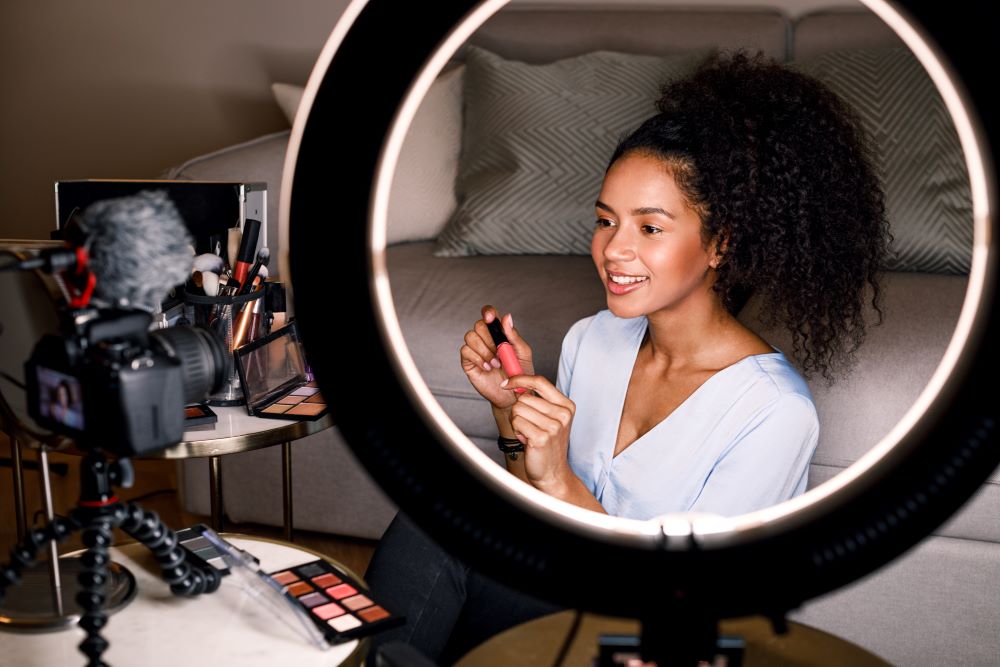


Is Lionize the Best New Influencer Marketing Hub of 2022?
This article will cover the importance of influencer marketing, why you should use an influencer marketing hub, and what makes Lionize stand out from other options. Keep



What Is the Best Influencer Marketing Hub for Instagram?
This article will go over what you need to know about influencer hubs for Instagram, tools for Instagram influencer marketing, and what the best option is for
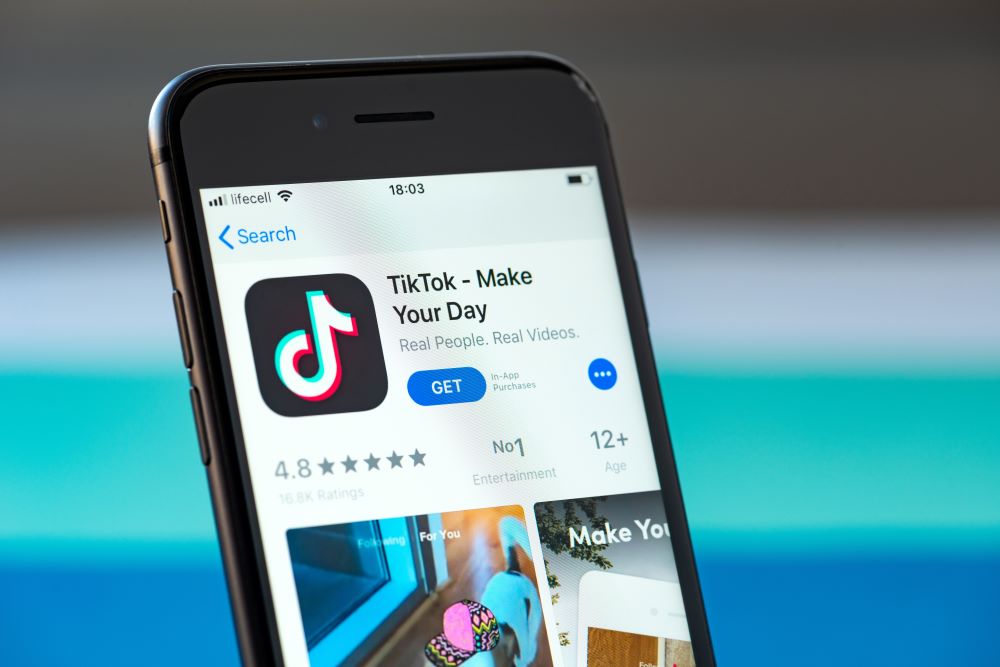


What Is the Best Influencer Marketing Hub for TikTok?
If you’re looking for a TikTok influencer marketing hub to find influencers and manage TikTok influencer campaigns, this article will outline what you need to know.



Influencer Marketing News
If you’re looking for resources to keep up with the latest influencer marketing news, trends, and strategies, this article will outline everything you need to know. Keep



What Makes Someone a Microcelebrity?
In this blog, we will dive into the concept of the microcelebrity, provide industry context and benchmarks, and discuss how brands can find microcelebrities to work with.



What Is a Good Engagement Rate for Micro-Influencers?
Read on to learn more about engagement rate and how it differs across influencer tiers, as well as how micro-influencers have become a major player in the



Why Brands Choose Micro-Influencers
Influencers focus on two things as they get started with monetizing their digital presence: building their personal brand and forming relationships with their audience (aka followers). This
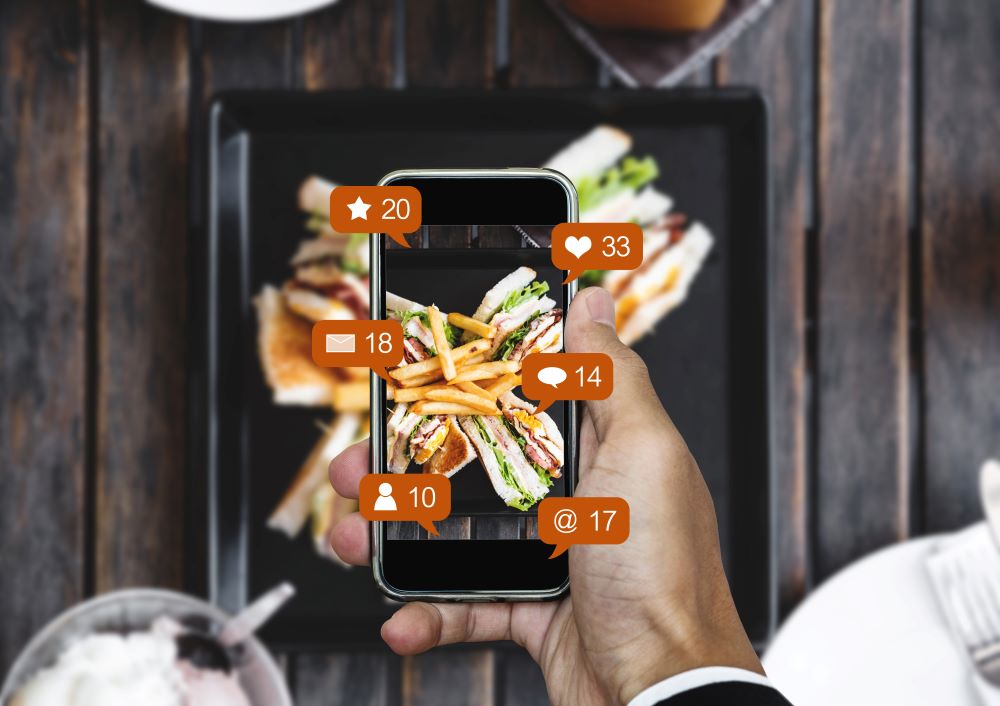


What Follower Count Is Considered a Micro-Influencer?
This blog will explore micro influencer marketing in detail, including answers to the questions, “what is a micro influencer?” and “how much does a micro influencer get



How Do You Find Micro Influencers To Work With?
Finding the right influencers for your campaign can be a challenge, especially when you want to work with micro influencers — influencers with between 1,000 and 100,000



Are Micro Influencers Better?
As micro influencers gain more attention in the influencer marketing space, some marketers are starting to wonder, are micro influencers better than other influencers? Let’s explore what



How Do I Reach Out to Micro-Influencers?
When developing an influencer marketing campaign, one of the most challenging tasks is often finding the right influencers for your brand. The influencers you choose will play



Which Brands Work With Micro-Influencers?
In this blog, we’ll round up some of our favorite examples of brands that have successfully implemented influencer marketing into their strategy, from macro- to micro-influencers. We’ll



How Much Do TikTok Influencers Get Paid For a Sponsored Post?
The price you pay for each sponsored TikTok post will have a huge effect on the overall cost of your TikTok influencer marketing campaign, so it’s important



Where Can I Find TikTokers to Collab With?
Fortunately, finding TikTok influencers for your influencer marketing campaigns is easier than it sounds. Whether you’re looking for TikTok micro influencers or mega influencers, use this guide



Why Is TikTok a Good Marketing Strategy?
TikTok isn’t just the home of popular new dance moves and trendy songs. It’s also a social media platform that brands can use to great effect in



How Much Does It Cost to Hire an Influencer on TikTok?
If you’re considering using TikTok influencer marketing for your business, you may be wondering how much it costs to hire an influencer on TikTok to promote your
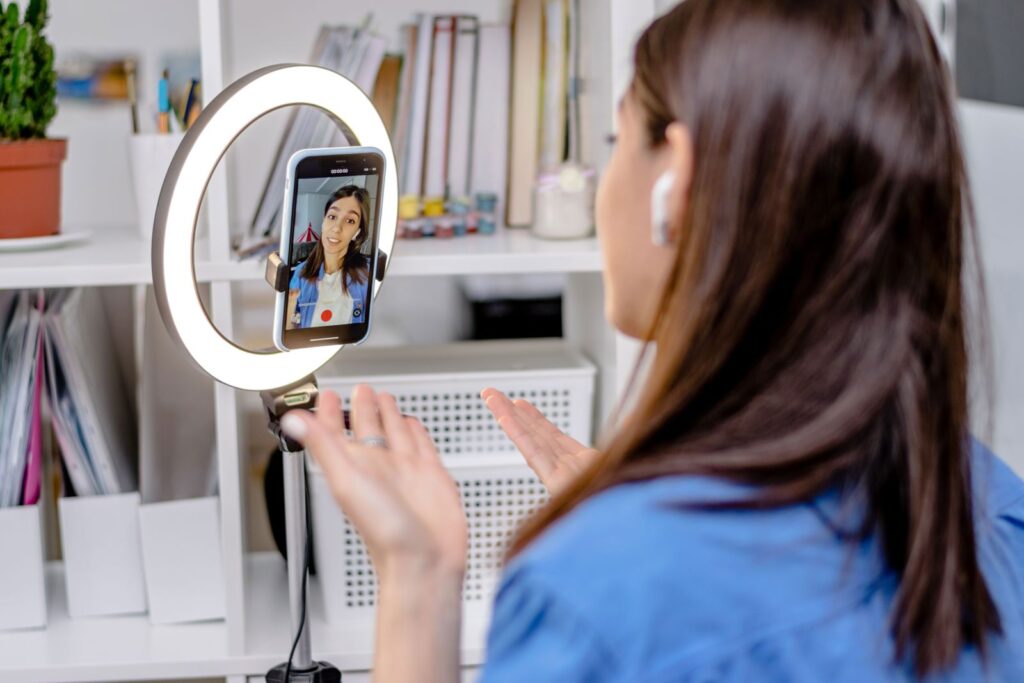


How Do You Find Influencers on TikTok?
TikTok influencer marketing is a great way to expand your brand’s reach to targeted audiences. However, finding the right influencers to work with can feel like a



Is TikTok Good for Influencer Marketing?
If you’re wondering if TikTok is a good option for influencer marketing, this article will outline what you need to know about the benefits of using TikTok
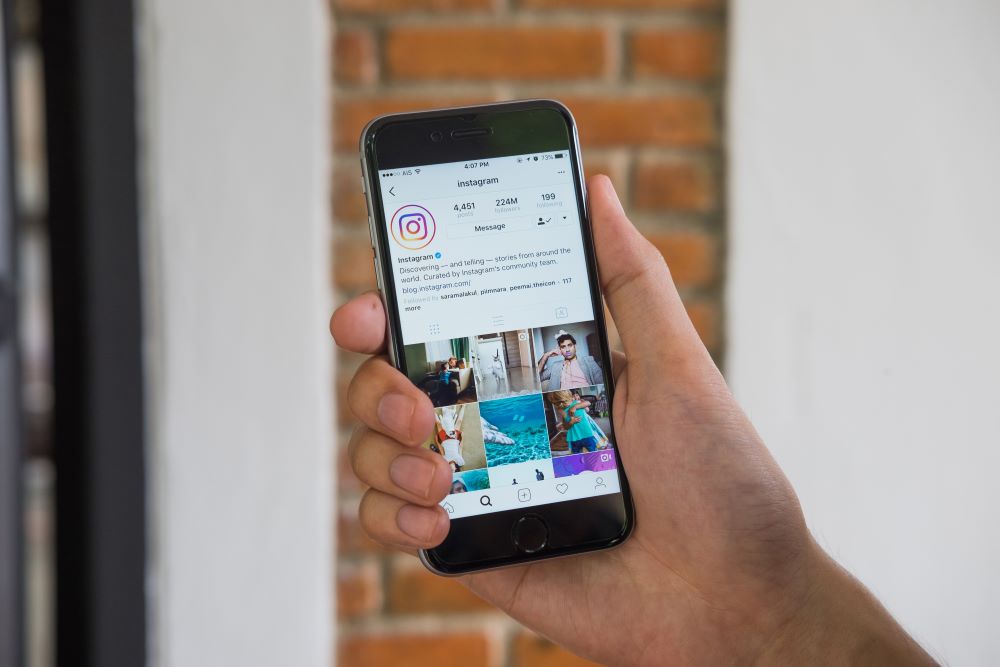


How Many Followers Do You Need to Be an Influencer?
This article will outline everything you need to know about how many followers are needed to be an influencer, the different tiers of influencers, and how different
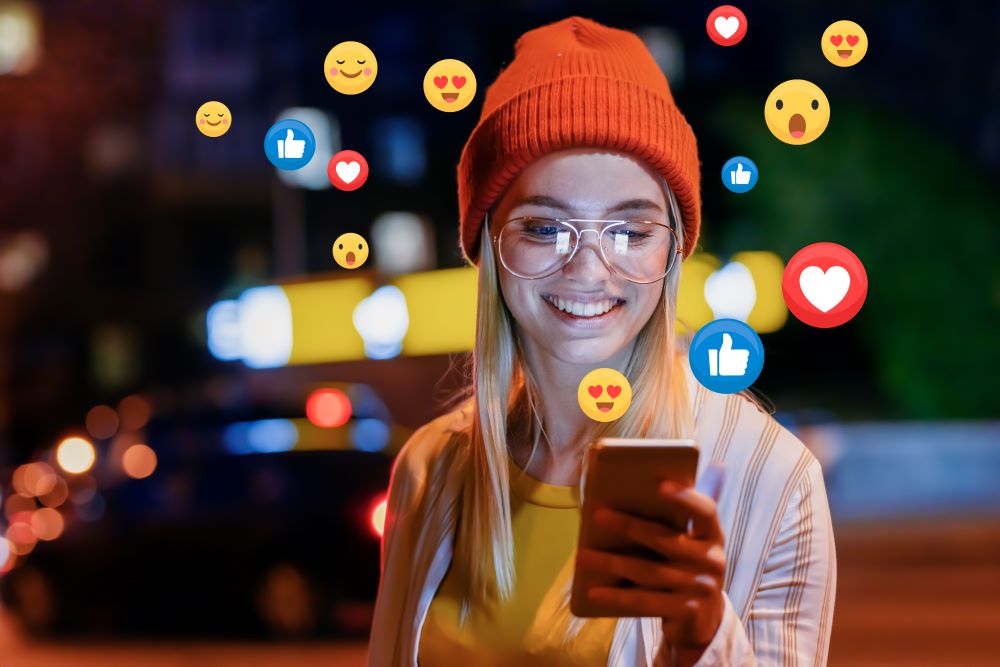


Examples of Influencers on Social Media
This article will outline examples of social media influencers, what success looks like for different types of influencers, and how influencer marketing can benefit both influencers and



What Is Social Influencer Marketing?
More companies are shifting their attention to social influencer marketing since it is an effective promotional method for brands in any industry. This article will take a



How Much Do Instagram Influencers Charge?
Having an estimate of the cost per post will help you get an idea of how much you should budget for influencer marketing. This article will outline
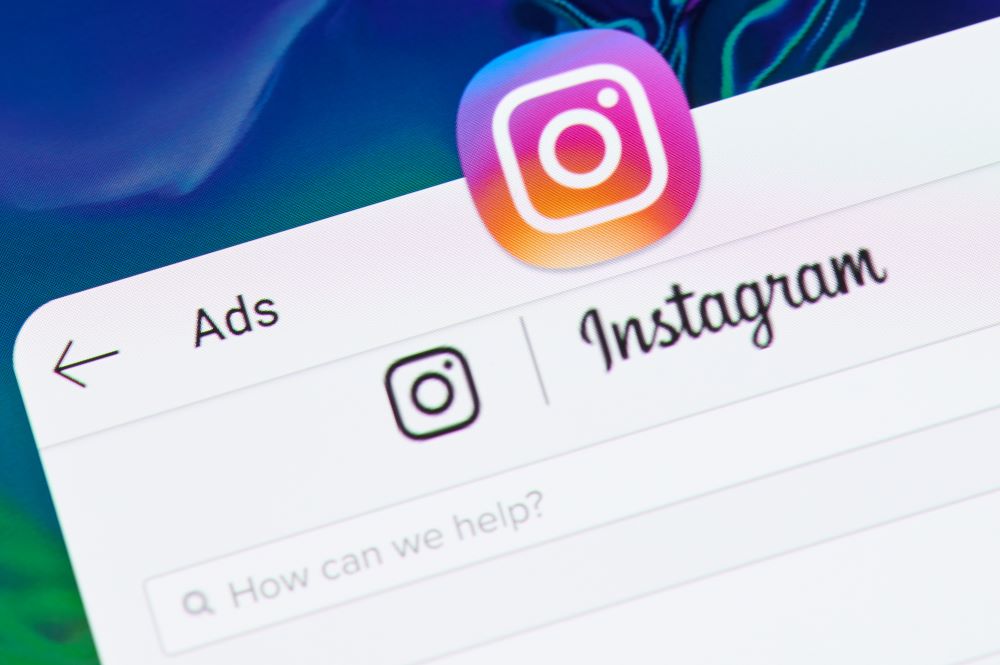


Do Influencers Use Instagram Ads?
This blog answers the question of how influencers run campaigns and if influencers use Instagram ads.
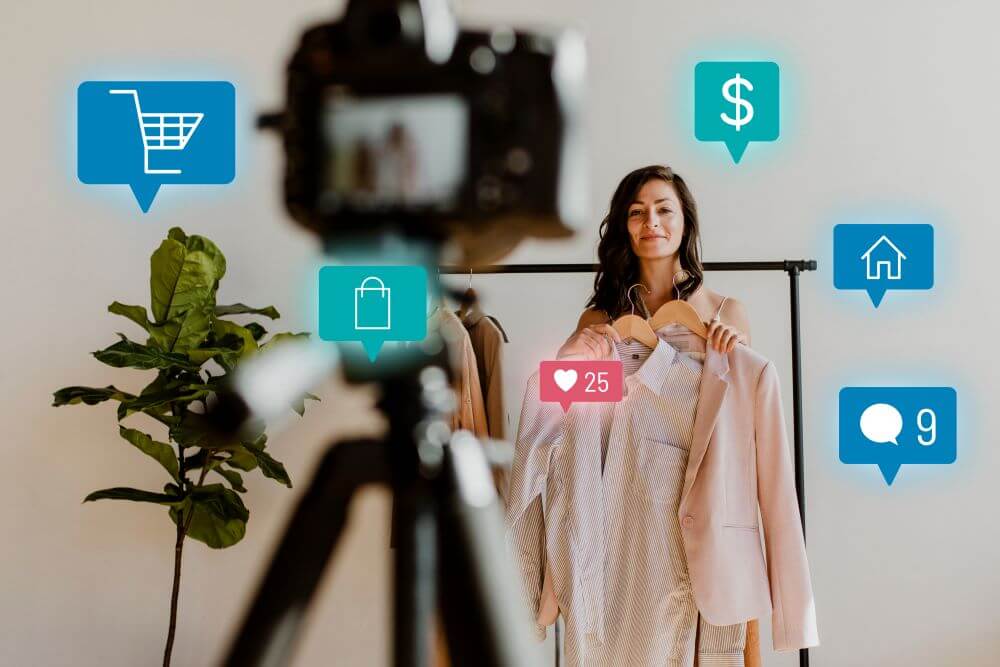


Social Media Influencer Marketing Examples
This article will cover the effectiveness of social media marketing and provide examples of companies that have successfully used social media influencer campaigns.
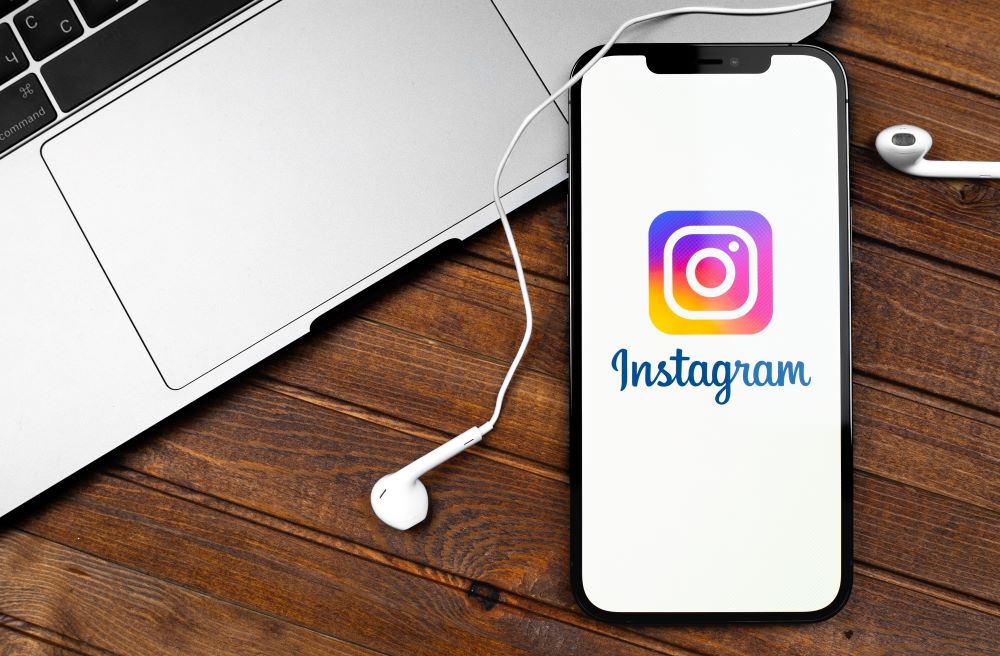


The Keys to Successful Influencer Marketing Campaign
What are influencers, how do they help inspire purchasing decisions, and what makes a successful influencer marketing campaign? Find out our answers and top tips here.



What Do Instagram Influencers Post?
Thanks to the popularity and constant innovation of social media platforms like Instagram, content creators have found a way to monetize their social following, turning their online



What Brands Are Doing Influencer Marketing Well?
We share some great examples of influencer marketing campaigns and explain how your brand can begin working with social media influencers.



What Are Some Examples of Influencer Marketing?
Read on to learn more about the different types of social media influencers, see examples of what influencer marketing looks like, and even get some examples of
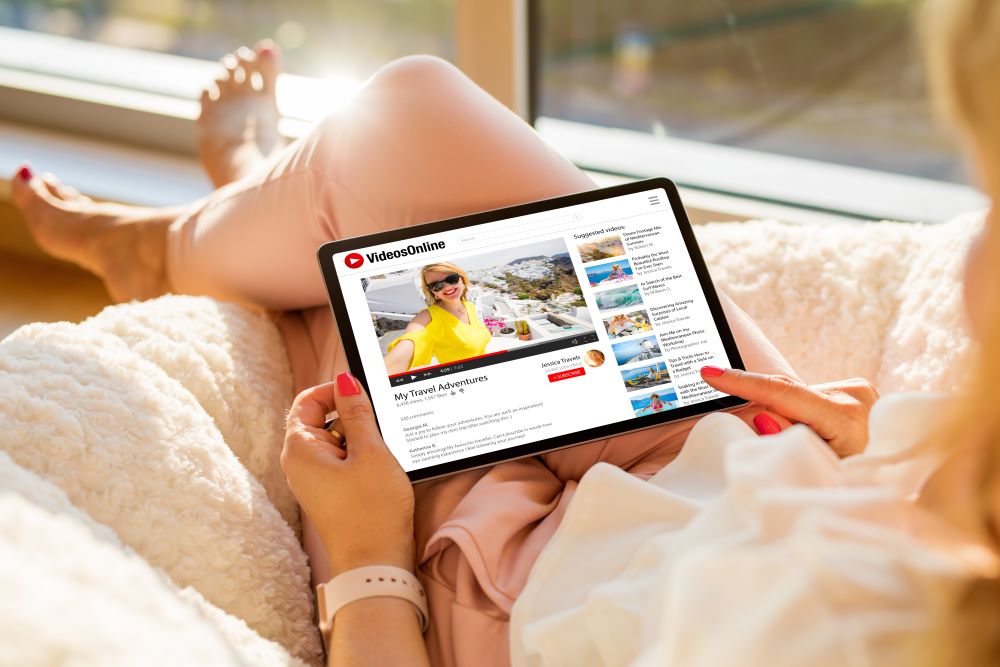


Five Influencer Marketing Examples on YouTube in 2022
The creators and types of content that perform well on the platform are ever-changing. That’s why marketing teams, especially those ready to dip their toes into influencer



What Is An Instagram Influencer Marketing Agency?
Launching an influencer marketing campaign on Instagram can be intimidating, which is why many brands turn to an Instagram influencer marketing agency.



How Do Influencer Marketing Agencies Help Influencers?
Influencer marketing agencies are experts at running influencer marketing campaigns smoothly. They help both brands and influencers through the process of setting up and managing their influencer



Influencer Marketing Agency Pricing
In this blog, we’ll explore influencer marketing agency pricing and the services that influencer marketing agencies provide brands.



What Is an Influencer Management Agency?
Navigating this ever-growing world of influencer marketing can be complicated and overwhelming. It helps to have an experienced, knowledgeable partner on your side. That’s where an influencer



How To Find A Top Influencer Marketing Agency For Your Business
Finding the right influencer marketing agency for your business can be a bit tricky, though, which is why we put together this guide for finding a top



How Much Does It Cost to Hire an Influencer Marketing Agency?



How Much Do Influencer Marketing Agencies Make?
Let’s break down some of those questions, starting with “what is an influencer marketing agency, exactly?”
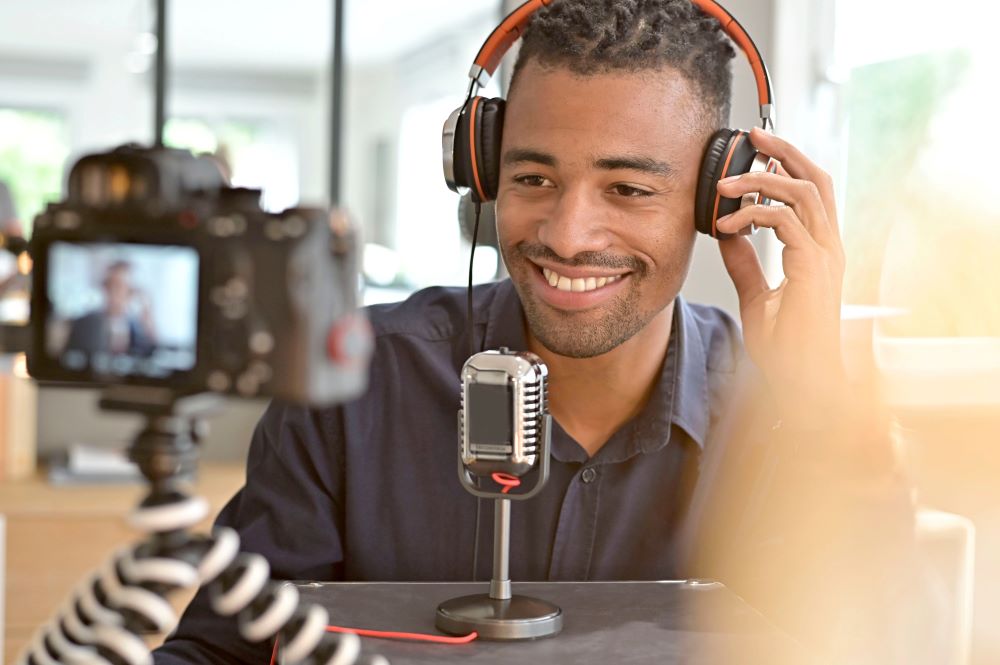


How to Use a Micro Influencer Agency
The challenge for brands that want to tap into the marketing power of micro influencers is finding and contracting the micro influencers they need for their campaigns.



How to Choose an Influencer Marketing Agency for Your Small Business
This article will outline how influencer marketing agencies can help small businesses, how much you should budget for influencer marketing, and how to choose the best agency



What Does an Influencer Marketing Specialist Do?
An influencer specialist works with social media influencers to promote client products and services and creates effective campaigns to reach target audiences.



Social Media Influencer Marketing Statistics
This article will cover statistics showing the effectiveness of influencer marketing, how it impacts consumer behavior, and will provide you with strategies to boost the ROI of



How Profitable Is Influencer Marketing?
This article will explain how profitable influencer marketing is, why it’s an effective marketing strategy, and how much influencers make.



Is Influencer Marketing on the Decline?
This article will tell you if influencer marketing is declining, how effective influencer marketing is, and what to expect in the future for influencer marketing.



Influencer Marketing Statistics for 2023
Statistics show why influencer marketing is an excellent strategy for marketing products and services on social media.



Five Benefits of Influencer Marketing in 2024
If you’re ready to take your brand to the next level in 2023, read on to learn more about the benefits of influencer marketing and where the



What Is the Impact of Influencer Marketing on Consumer Behavior?
Many different types of marketing can accomplish this goal, but one worth taking a close look at is influencer marketing. In this post, we’ll explore the impact



What is influencer marketing and why is it so important to marketers?
In today’s marketing landscape, reviews and word-of-mouth recommendations are paramount, with 84% of customers noting that reviews are important in their purchasing decisions. It’s no wonder, then,
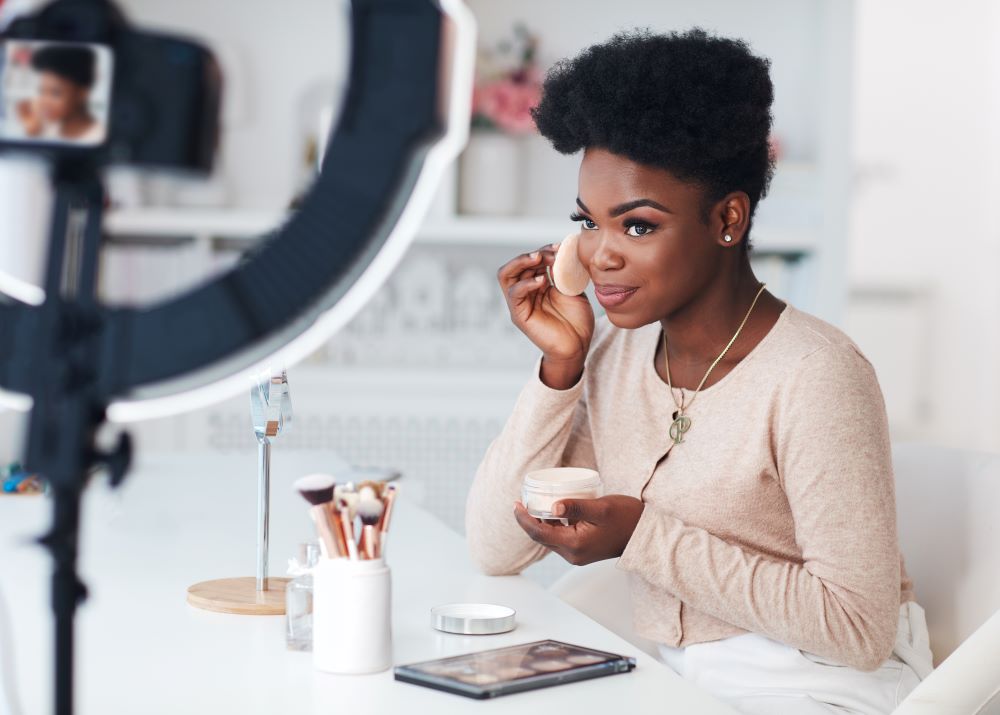


What Are the Top 5 Tips for Implementing Influencer Marketing?
If you run a business with an online presence, you may be wondering what is the best way to use influencer marketing. Taking a closer look at



What Is a Social Media Influencer Strategy?
Influencer marketing is no longer an emerging trend, but rather a sound strategy that plays a huge role in many teams’ marketing toolkit.



Are Influencers the Future of Marketing?
Between 2016 and 2022, the market size of the influencer marketing industry grew 46.9% annually on average. That growth just goes to show how much marketers are



Which Influencer Marketing Platform Is Best?
Working with an influencer marketing platform can simplify things, but even then, you still need to decide what platform is best for your brand.



Micro Influencers On Instagram in 2023
A major prediction about influencer marketing trends in 2023 is that more and more brands will turn to micro influencers.



What Is The Future of Influencer Marketing?
The power of influencer marketing for brands cannot be underestimated. In fact, influencer marketing’s market value is at a record USD 16.4 billion in 2022. This number



How to Brainstorm Influencer Content Ideas
There’s no one-size-fits-all answer for coming up with great influencer content ideas, but there are some tips you can apply to make brainstorming those ideas easier. Let’s
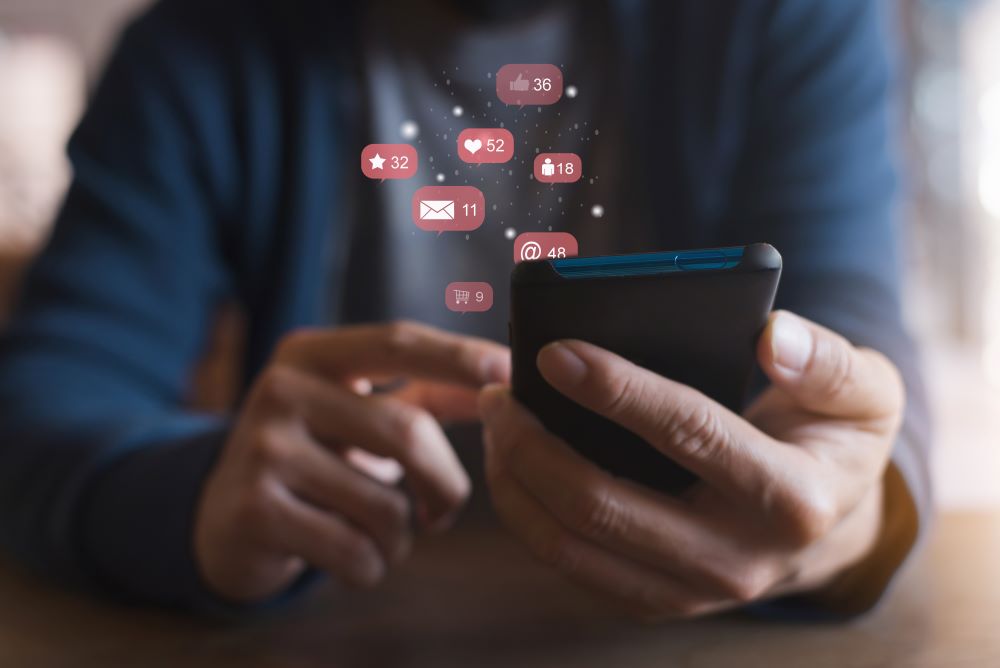


Which Social Media Platform Is Best For Influencer Marketing?
The global consumption for social media has significantly surged in the last decade and has continued to shape the way we promote brands and ideas



Successful Influencer Marketing Examples
If you’re exploring an influencer marketing strategy, this article will give you a rundown of top brands that have used influencer marketing successfully and how Lionize can



What Is Influencer Marketing?
Influencer marketing gets more popular every year, but there are still a lot of questions about this form of marketing. Today, we’re breaking down the basics of



How Successful Is Influencer Marketing?
Influencer marketing burst onto the scene as one of the most exciting forms of digital marketing, and it isn’t going anywhere anytime soon. The global influencer marketing



Is Influencer Marketing Still Effective in 2024?
Influencer marketing has seen significant growth in recent years due to its effectiveness. However, you may be wondering why it is effective and what its benefits are
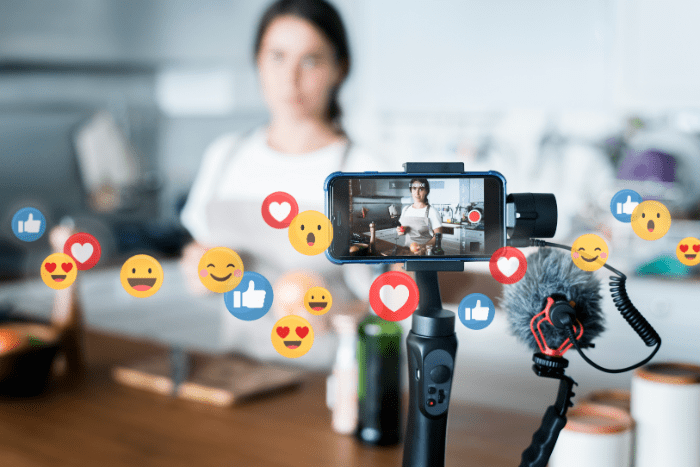


Influencer Marketing and Brands
Collaborating with influencers provides a unique way to promote products that will help your brand stand out from the competition. This article will cover how brands work
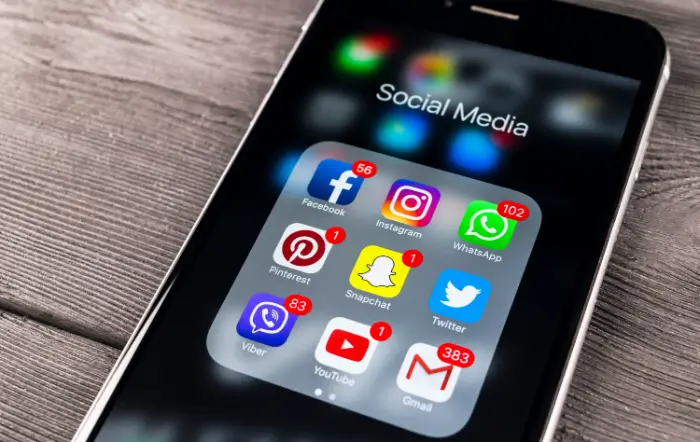


The State of Influencer Marketing in 2023
Influencer marketing continues to be a top marketing tactic in 2023. More marketers and brands are taking advantage of the opportunities presented in the influencer space. This



Is Influencer Marketing Effective in 2023?
If you are in the social media or digital marketing space, you’ve likely heard of influencer marketing and its usefulness as part of a marketing campaign. However,
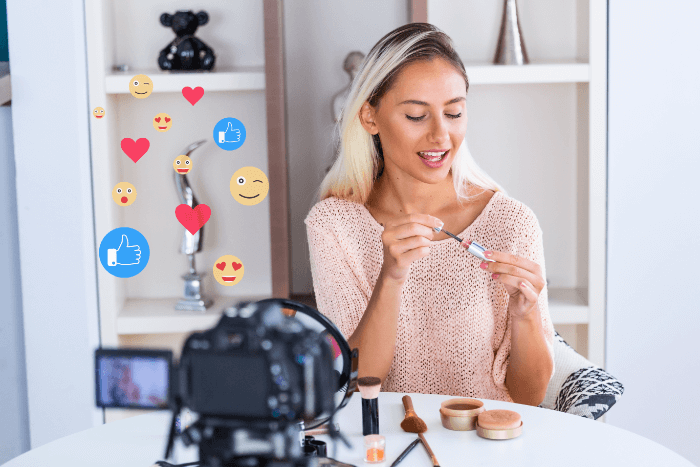


What Are Some Good Examples of Influencer Marketing?
Influencer marketing is an engaging way for brands to connect with different audiences within their niche or industry. It can increase consumer awareness, trust, and engagement. Influencers



Ways To Turn your Influencers Into Brand Advocates
Converting your influencer to a brand advocate is the next step in influencer marketing. Brand advocates transform a campaign into something personal.



Ultimate Guide to Design Authentic Influencer Content
Influencer marketing is more than just finding Influencers. Learn how to properly market your product on social media through authentic content creators.



How to Develop a Community With Your Influencer Partners
Building your influencer community is an important part of marketing on social media. A good community will lead to better, more authentic content.



Determining the Right Influencer Audience
Analyzing what the influencer's audience can offer you key insights that will make you decide on if they're the right fit for your partnership.
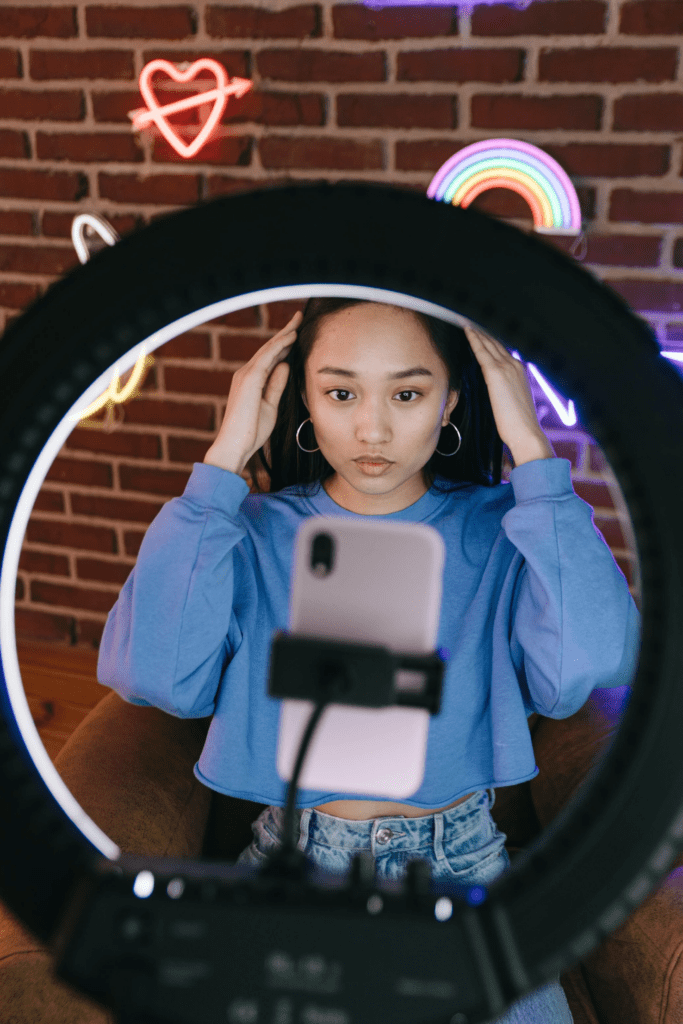


Influencer Marketing is a Must
Influencer marketing is a fantastic way for your brand to become quickly known as not only do you get an endorsement from the influencer but you also



The Influencer Activation Dictionary
Meet the Influencer Marketing Dictionary; your new secret weapon for commonly used influencer marketing terms.
For Brands
We’ll help you find the perfect partners for your brand. Let our network of limitless Influencers build brand awareness and drive your digital traffic goals.
Book a demoFor Agencies
Finally, a platform that removes the heavy lifting of Influencer campaign management. Free your time to focus on your client’s creative strategy.
Book a demo